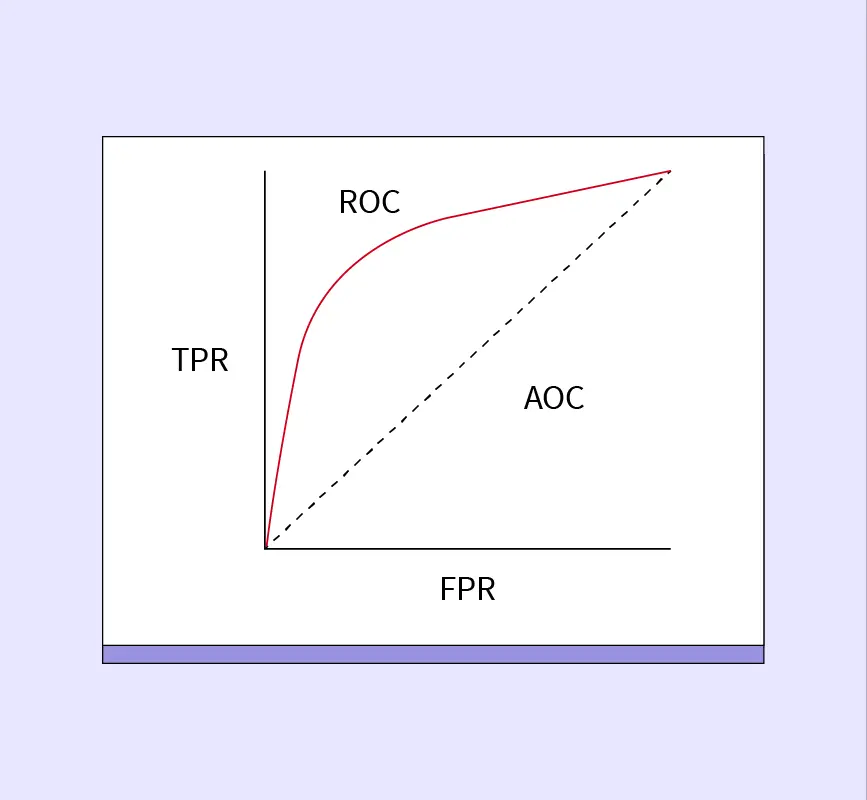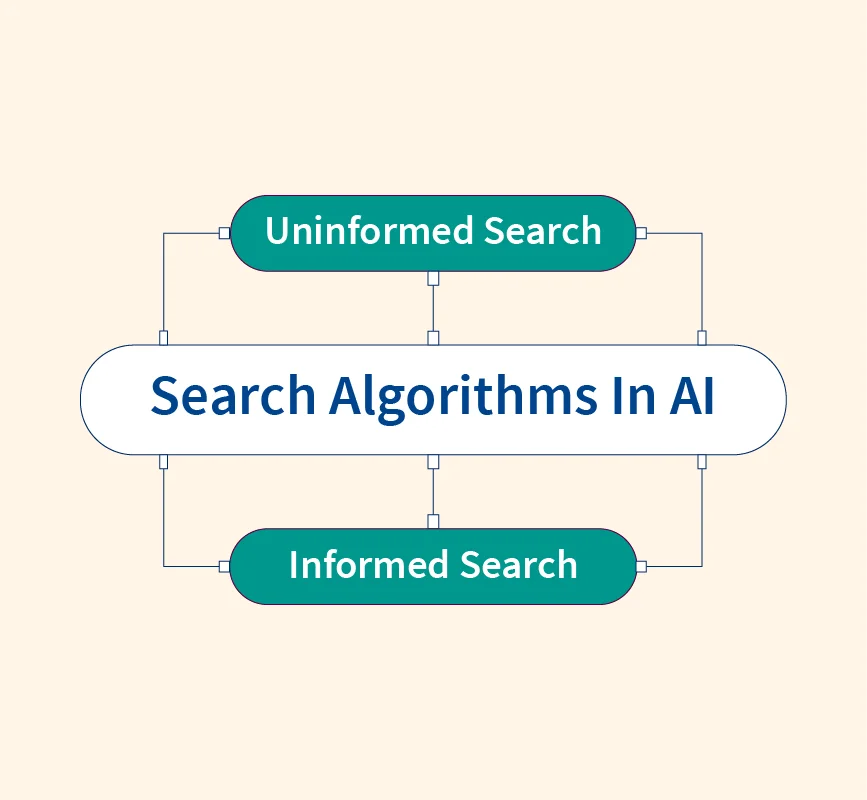The Data Link Layer is the second layer of the OSI (Open Systems Interconnection) model, responsible for ensuring reliable data transfer across a physical link in a network. It acts as a bridge between the physical layer, which handles raw data transmission, and the network layer, which focuses on data routing.
This layer plays a crucial role in enabling communication between adjacent network nodes by organizing data into frames, detecting and correcting errors, and managing data flow. Without the Data Link Layer, smooth and error-free communication between devices on the same network would not be possible.
In this article, we will explore the key functions, sub-layers, and protocols of the Data Link Layer, highlighting its critical role in modern networking.
Sub-Layers of the Data Link Layer
The Data Link Layer is divided into two sub-layers, each with distinct responsibilities that contribute to efficient and reliable communication: the Logical Link Control (LLC) and the Media Access Control (MAC) sub-layers.
Logical Link Control (LLC)
The LLC sub-layer is responsible for managing error detection and flow control, ensuring reliable communication between devices. It interacts with the higher layers of the OSI model, particularly the network layer, to maintain data integrity during transmission.
By identifying errors in the data frame and requesting retransmission when necessary, the LLC sub-layer ensures that the data received matches what was sent, even in the presence of transmission errors.
Media Access Control (MAC)
The MAC sub-layer focuses on controlling access to the shared communication medium. It determines how devices on the same network segment gain permission to transmit data, preventing collisions and ensuring orderly communication.
This sub-layer also handles physical addressing using MAC addresses, which uniquely identify devices within a network. Protocols like Ethernet operate at this level, managing channel access and defining rules for data transmission over the network medium.
Together, the LLC and MAC sub-layers ensure efficient, error-free, and orderly data transfer across a network link, forming the backbone of the Data Link Layer’s functionality.
Functions of the Data Link Layer
The Data Link Layer performs several essential functions to ensure efficient, reliable, and error-free communication between devices on the same network. Here’s an in-depth look at its key responsibilities:
- Framing: The Data Link Layer organizes data packets received from the Network Layer into frames, which are manageable units for transmission over the physical link. Each frame contains a header and trailer that include essential control information, such as addressing and error detection codes. Framing ensures that data is transmitted in chunks that can be processed efficiently and reassembled correctly at the receiving end.
- Addressing: This layer uses MAC (Media Access Control) addresses to identify the source and destination devices on the network. These unique hardware addresses ensure that data reaches the correct device in multi-device environments like Ethernet or Wi-Fi. Addressing at this layer is crucial for enabling direct communication between adjacent network nodes.
- Error Control: The Data Link Layer ensures the reliability of data transmission by implementing error detection and correction mechanisms. Techniques like Cyclic Redundancy Check (CRC) detect errors in the transmitted frames. If errors are found, the receiver can request retransmission, ensuring that only accurate data is processed further. This minimizes the impact of noise or disruptions in the physical medium.
- Flow Control: To prevent data overflow at the receiving end, the Data Link Layer regulates the flow of data. This is particularly important when the sender is transmitting at a higher rate than the receiver can process. By implementing flow control mechanisms, the layer ensures a balanced and efficient data transfer without overwhelming the receiver.
- Access Control: In multi-access networks, where multiple devices share the same communication medium, the Data Link Layer manages access to the medium. Protocols like CSMA/CD (Carrier Sense Multiple Access with Collision Detection) and CSMA/CA (Collision Avoidance) are used to avoid or resolve collisions, ensuring orderly transmission. This function is vital in environments like Ethernet and Wi-Fi.
These functions collectively ensure that data is transmitted efficiently, accurately, and securely across the network link, making the Data Link Layer a cornerstone of reliable communication.
Protocols in the Data Link Layer
The Data Link Layer uses a variety of protocols to enable efficient and reliable communication across different network types. These protocols handle tasks such as framing, addressing, error control, and access management. Here are some widely used protocols:
1. Ethernet
Ethernet is one of the most popular LAN (Local Area Network) technologies, providing high-speed data transmission over wired connections. It defines standards for frame structure, addressing (MAC addresses), and collision handling through CSMA/CD (Carrier Sense Multiple Access with Collision Detection). Ethernet is the backbone of many local networks due to its scalability and reliability.
2. PPP (Point-to-Point Protocol)
PPP is a protocol used for point-to-point communication, often in direct connections like dial-up internet access or serial links. It supports multiple protocols, provides error detection, and ensures authentication through extensions like PAP (Password Authentication Protocol) and CHAP (Challenge-Handshake Authentication Protocol).
3. HDLC (High-Level Data Link Control)
HDLC is a reliable protocol designed for WAN (Wide Area Network) communications. It ensures error-free data transfer using mechanisms like flow control and error correction. HDLC is commonly used in point-to-point or multi-point configurations.
4. Wi-Fi (IEEE 802.11)
Wi-Fi is a wireless communication protocol widely used in local networks. Operating under the IEEE 802.11 standard, it manages data transfer in shared wireless environments through mechanisms like CSMA/CA (Collision Avoidance). Wi-Fi protocols enable seamless connectivity in homes, offices, and public spaces.
Conclusion
The Data Link Layer plays a critical role in ensuring reliable and error-free communication within a network. By handling tasks such as framing, addressing, error detection, and access control, it provides the foundation for efficient data transmission between adjacent network nodes. Its functions and protocols are essential for seamless connectivity, making it a vital component of the OSI model.
Read More:
References:


